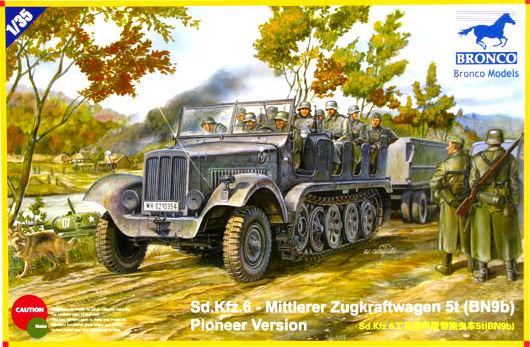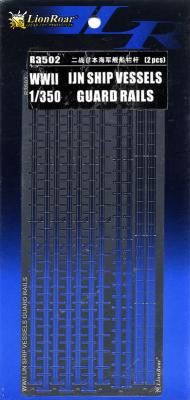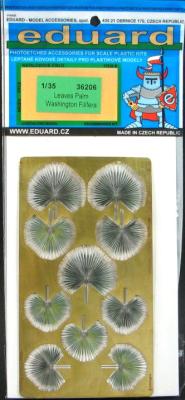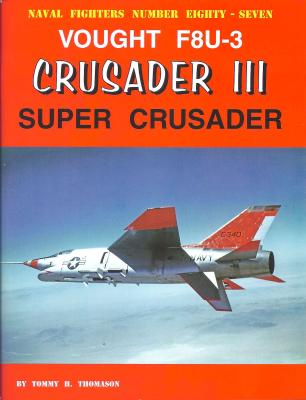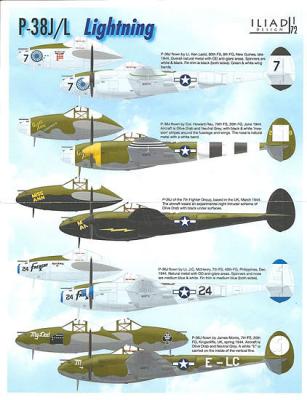History
The Sd.Kfz.6 Mittlerer Zugkraftwagen was designed by Bussing-Nag and Mercedes Benz as a prime mover for the German army – one of a number of half-track designs. The unit was produced during the 1930’s. The Sd.Kfz.6 had a five ton pulling force, capable of pulling off the road. It was built from 1935 to 1943 in several versions. In 1942, production ceased, and the Sd.Kfz.11 took its place, as this unit was cheaper and easier to manufacture. The pioneer version had a passenger body of up to 15 soldiers. This vehicle weighed 9 tons and was powered by a 6 cylinder 115 php Maybach NL54 engine, with a maximum speed of 50 km per hour.
Items in the Box
The model is made from injection-molded plastic, tan in color, with thirteen good presentation instructions, decal sheet and clear window and lens sheet, and a photo-etch sheet.











